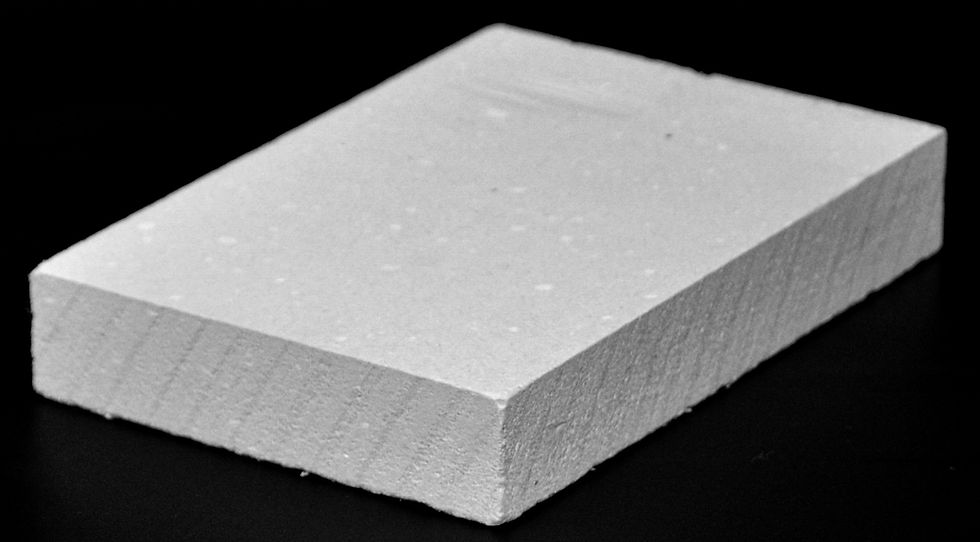Buy good quality Bulletproof Steel Doors for prefab modular homes, remote farm houses, residential, commercial, industrial buildings. Bulletproof steel doors are designed to provide enhanced protection against ballistic threats, making them an essential security feature in areas where high-level safety is required. Here’s a detailed overview of bulletproof steel doors:
Features of Bulletproof Steel Doors
1. Material:
• Constructed from high-grade steel and often reinforced with additional ballistic materials such as Kevlar, composite fibers, or ballistic glass.
• The core may include layers of various materials to absorb and dissipate the energy of incoming projectiles.
2. Ballistic Rating:
• Rated based on their ability to withstand different levels of ballistic impact, measured according to standards such as UL 752, NIJ, or EN 1063.
• Ratings indicate the door’s resistance to specific calibers and types of ammunition, ranging from small handguns to high-powered rifles.
3. Design:
• Available in various styles and finishes to meet aesthetic and functional requirements.
• Can include features like bullet-resistant glass inserts for visibility, while maintaining protection.
4. Locking Mechanisms:
• Equipped with high-security locks, such as multi-point locking systems, electronic locks, or biometric systems.
• Reinforced frames and hinges to prevent tampering and ensure the integrity of the door under attack.
Benefits of Bulletproof Steel Doors
1. Security:
• Provides a high level of protection against ballistic threats, deterring armed intruders.
• Offers peace of mind for occupants in high-risk environments.
2. Durability:
• Constructed to withstand not only ballistic impacts but also environmental and physical stresses.
• Long-lasting and resistant to wear and tear.
3. Customizable:
• Can be tailored to specific security needs, including size, style, and additional security features.
4. Fire and Blast Resistance:
• Many bulletproof doors also offer fire resistance, providing comprehensive protection.
• Some models are designed to withstand explosive blasts, adding another layer of security.
Applications of Bulletproof Steel Doors
1. Commercial:
• Used in banks, government buildings, and embassies where high-security measures are necessary.
• Installed in areas requiring controlled access and protection for sensitive information or assets.
2. Residential:
• Increasingly used in luxury homes or residences in high-risk areas to protect against home invasions.
• Offers security for panic rooms or safe rooms within homes.
3. Industrial:
• Used in facilities handling valuable or sensitive materials where the threat of armed intrusion is present.
• Protects critical infrastructure and personnel.
Considerations of Bulletproof Steel Doors
1. Installation:
• Requires professional installation to ensure compliance with security standards and to maintain the integrity of the door’s ballistic protection.
• Must be paired with reinforced frames and secure mounting.
2. Cost:
• Generally more expensive than standard doors due to the materials and technology involved, but the investment is justified by the level of protection offered.
3. Maintenance:
• Regular inspections and maintenance are necessary to ensure all components, including locks and hinges, are functioning correctly.
• Must be kept in good condition to maintain ballistic integrity.
Bulletproof steel doors are an essential investment for locations where security is paramount, providing protection against ballistic threats while maintaining functionality and aesthetic appeal.
Bulletproof Steel Doors
List of common fire-resistant systems used in buildings:
Fire-Resistant Walls and Partitions:
• Fire-rated gypsum board (drywall)
• Concrete or masonry walls
• Fire-rated wall assemblies with insulation (mineral wool, fiberglass)Fire-Resistant Floors and Ceilings:
• Concrete slabs
• Fire-rated suspended ceilings
• Fire-rated flooring systems (steel or timber with fire-resistant coatings)Fire-Resistant Doors and Windows:
• Fire-rated doors (steel, wood, or composite materials)
• Fire-rated glass and window assemblies
• Fire shuttersFire-Resistant Roof Systems:
• Non-combustible roofing materials (metal, concrete tiles)
• Fire-rated roof assembliesFireproofing Structural Elements:
• Spray-applied fire-resistant materials (SFRM) on steel beams and columns
• Intumescent coatings on steel structures
• Fireproof concrete encasementsFire-Resistant Cladding and Facades:
• Non-combustible exterior cladding (fiber cement, metal panels)
• Fire-resistant insulation (rock wool, foam glass)Passive Fire Protection Systems:
• Fire stops and fire barriers in penetrations and joints
• Fire dampers in HVAC systems
• Fire-resistant coatings and sealantsSmoke Control and Ventilation:
• Smoke curtains
• Smoke vents and extraction systems
• Pressurized stairwells and escape routes






























